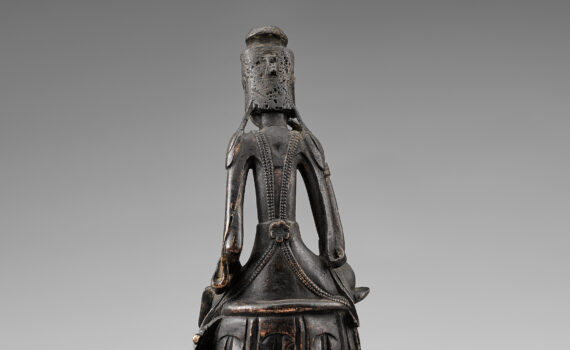Virtually explore the National Museum of Korea with Smarthistory as your guide
Some background
videos + essays
The National Museum of Korea's website
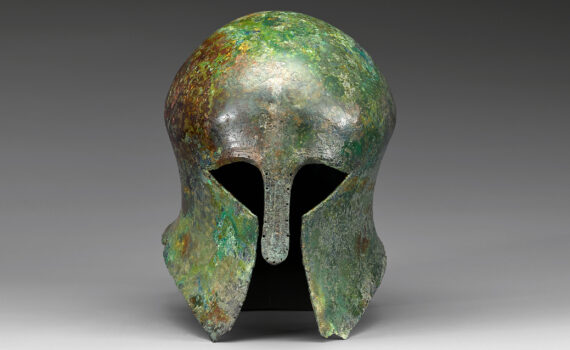
Bronze helmet donated by Olympic gold medalist Son Gijeong
This ancient Greek helmet, awarded to Olympic athlete Son Gijeong, has become a symbol of national pride in Korea.
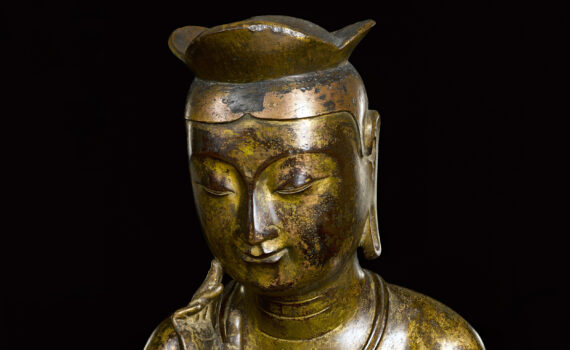
Gilt-bronze pensive bodhisattva (National Treasure 83)
Elegant and serene, this bodhisattva sculpture demonstrates the development of Buddhist sculpture in Korea.
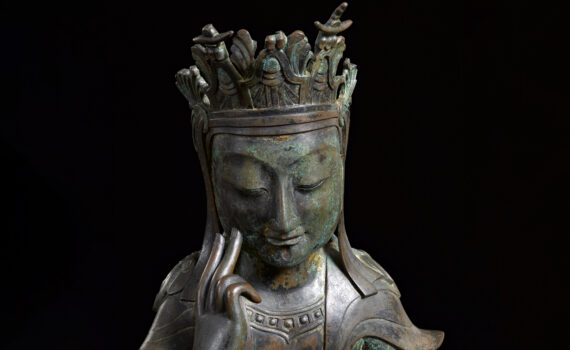
Gilt-bronze pensive bodhisattva (National Treasure 78)
With a quaint smile, natural pose, and exemplary casting, this statue combines ideal qualities of a pensive bodhisattva sculpture.
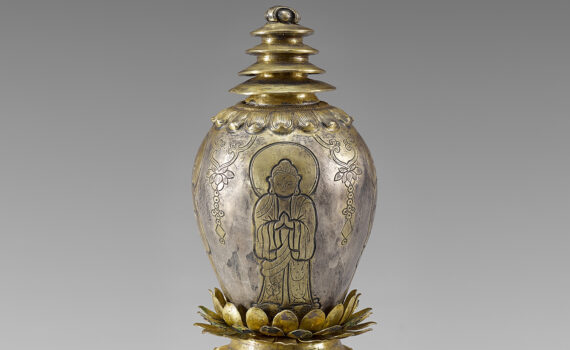
Reliquary set offered by Yi Seonggye (King Taejo of the Joseon dynasty)
Enshrined by Yi Seonggye, founder of the Joseon dynasty, this sarira reliquary set bridges the art of the late Goryeo and early Joseon periods
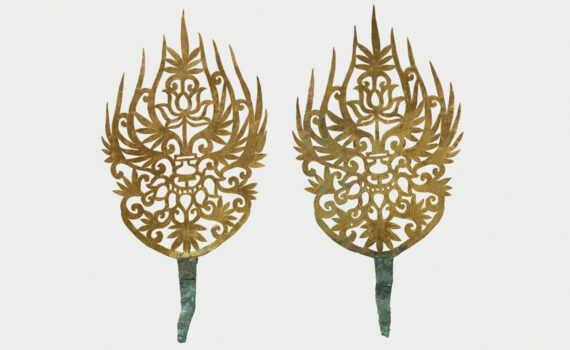
Crown ornaments from the Tomb of King Muryeong
These gold crown ornaments are among the 4,600 artifacts recovered during the excavation of King Muryeong's Tomb
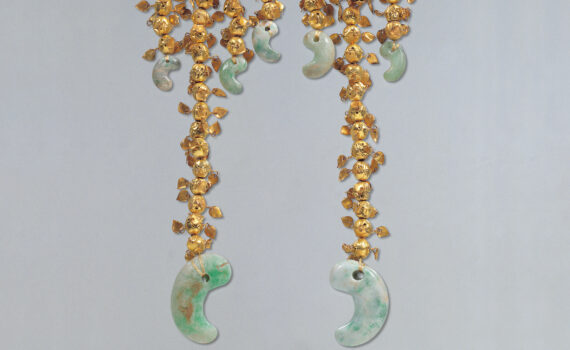
Dangling pendants for gold crowns
In the Silla period, individuals with the highest status were buried wearing gold crowns adorned with dangling pendants
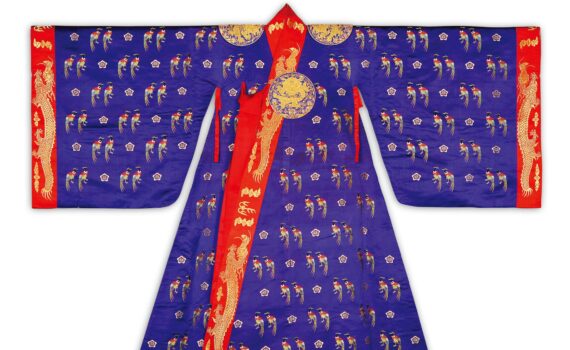
Jeogui, the most formal ceremonial robe of the Joseon queens
Decorated with pheasants and flower motifs, the jeogui was worn by Joseon queens on the most formal occasions
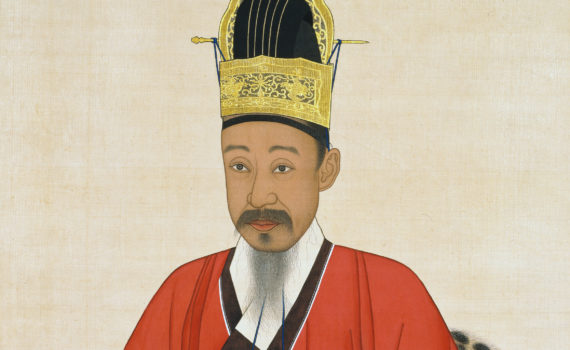
Portrait of Yi Haeung, Regent Heungseon Daewongun
The metallic sheen of the official hat, the harmony between the bright red and navy blue colors, and the ornate straw mats convey a degree of extravagance in the Portrait of Yi Haeung
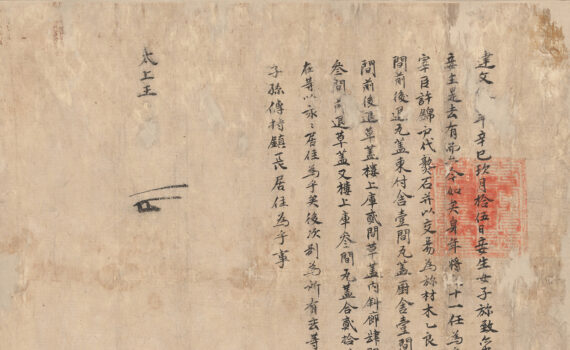
Inheritance Document of Yi Seonggye, founder of the Joseon Dynasty
Even after more than 500 years, this document resonates with Yi Seonggye’s deep love and concern for his daughter
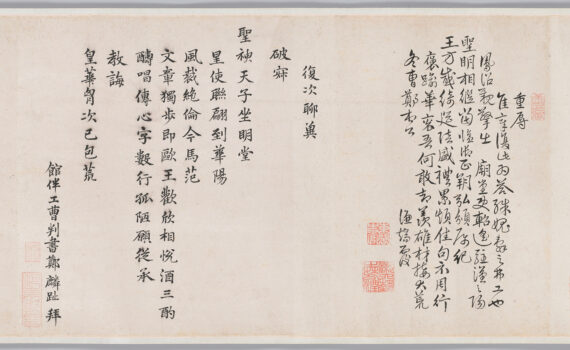
Bongsa Joseon Changhwa Sigwon: Poems Exchanged by Joseon Officials and Ming Envoys
This scroll marked the beginning of the tradition of “Hwanghwajip,” the practice of compiling and publishing poems that had been exchanged between Joseon officials and Ming envoys
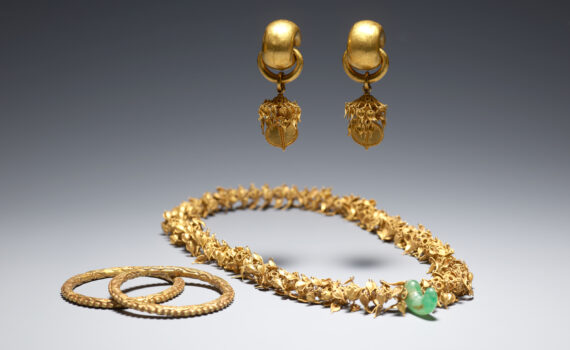
Gold necklace from Noseo-ri 215 Beonji Tomb, Gyeongju
This dazzling necklace is made from openwork gold beads, each consisting of fused gold rings with attached gold spangles, with a large curved jade as the main pendant.

